Use this example of a formal letter featuring the Big Bad Wolf’s humorous apology to the Three Little Pigs to teach letter structure in an engaging way.
An Example of a Formal Letter for Primary Students
If your students have mastered the art of writing informal letters to known audiences like family and friends, they’re likely ready to write formal letters to unknown audiences. Get ready for an example of a formal letter that brings a classic fairy tale twist to the classroom!
This resource features a ready-made letter from the Big Bad Wolf, who invites the Three Little Pigs to a barbeque as a way of apologising for blowing down their houses. This fun and imaginative scenario makes learning about formal letter writing engaging while reinforcing key writing skills, including appropriate greetings, formal tone and persuasive techniques.
The resource also features a formal letter scaffold so students can practise writing a formal letter to an audience of their choosing. Both one-page and two-page template options are provided in the download.
This resource downloads as a quick-print PDF or an editable Google Slides file.
Using This Formal Letter Example in Your Lessons
This formal letter example provides an excellent instructional tool when it comes to teaching the structure and language features of formal letters. Here’s how you might build a lesson on letter writing around this formal letter example:
- Introduce the Purpose of Formal Letters – Discuss why formal letters are used (e.g. to communicate important information, make requests or express apologies in a professional way).
- Read and Annotate the Model Letter – Project the letter onto a screen or provide the students with copies. Read the letter aloud as a class. Ask students to highlight or underline key structural elements as they read.
- Identify Key Features – Identify the key features of a formal letter and discuss the purpose of each, including the sender’s address, date, recipient’s address, greeting, body paragraphs, closing and sign-off.
- Writing Activity – Have students use the writing template to write a letter back to the Big Bad Wolf in the persona of one of the pigs, either accepting or rejecting the invitation to the barbeque.
Download and Print This Sample of a Formal Letter
Accessing this sample of a formal letter is quick and easy. Simply click the download button to select your preferred file format, print the template and bring formal letter writing to life in your classroom with this fun and engaging activity.
Resources to Complement This Formal Letter Sample
Click below to access more teacher-created resources to support your students with the skill of letter writing.

teaching resource
Letter Writing PowerPoint
Download this letter writing PowerPoint to teach students about the purpose, audience and structure of letters through an engaging and easy-to-follow presentation.

teaching resource
The Parts of a Letter Interactive Activity
Teach the parts of a letter with this engaging interactive activity where students learn the format of a letter through sorting and labelling exercises.

teaching resource
Parts of a Letter Poster Pack
Use this parts of a letter poster pack, featuring colourful visuals and clear explanations, to help students understand the key components of a letter.
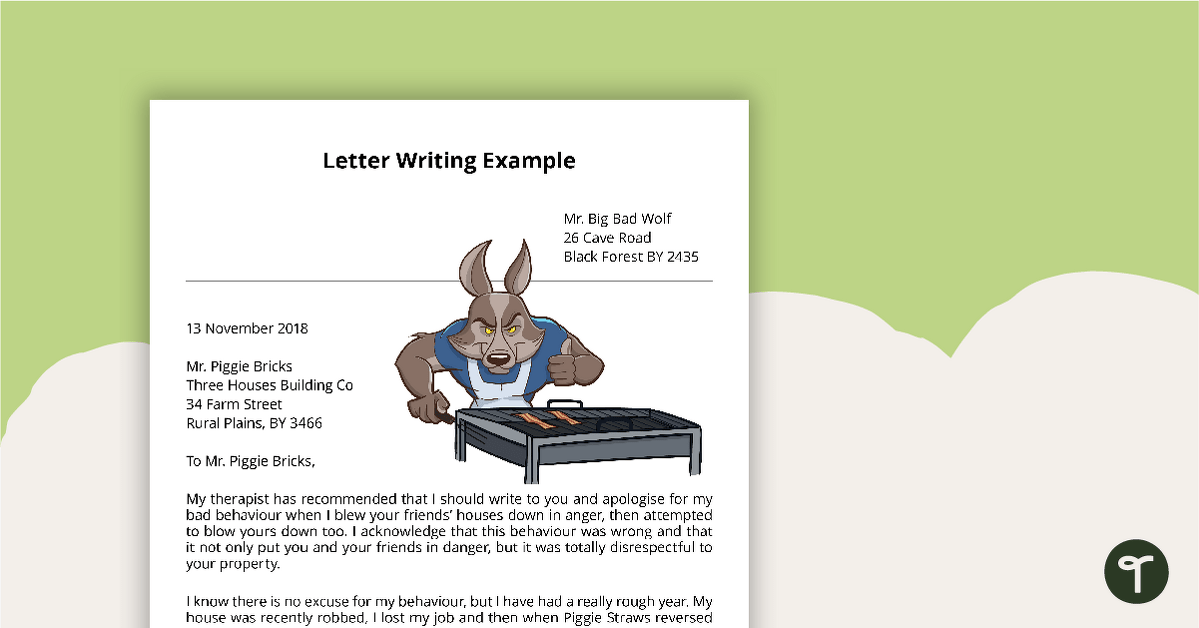

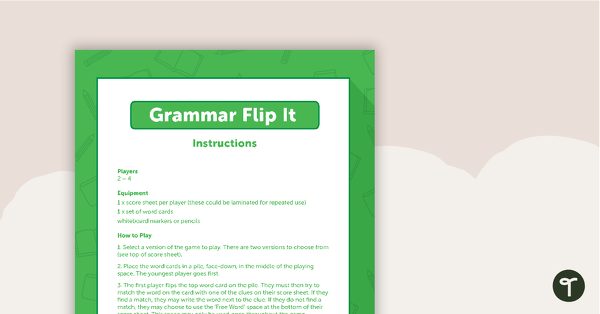
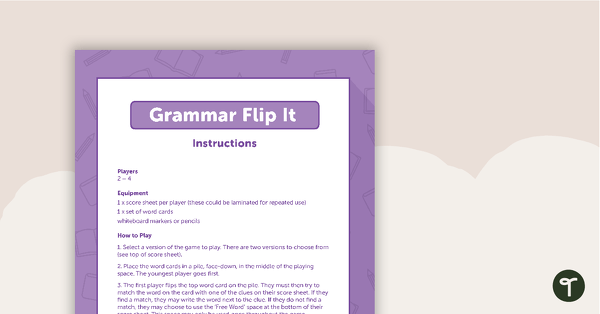

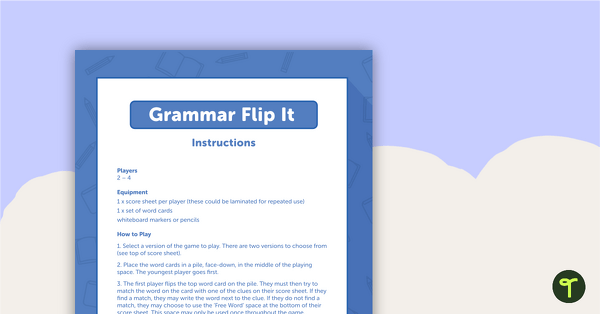


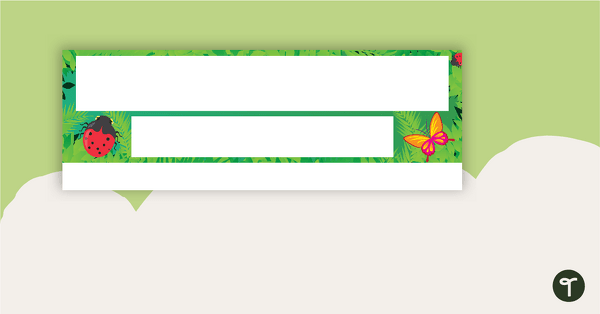
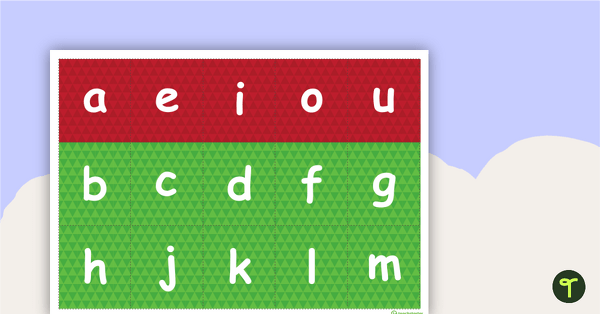
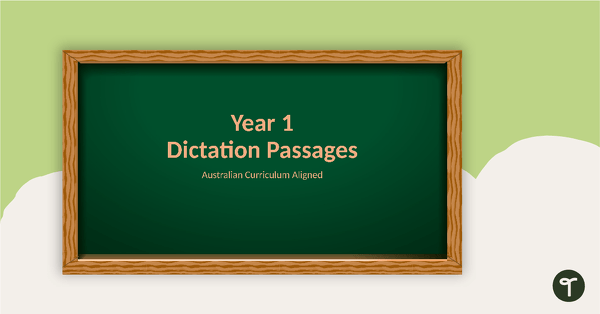
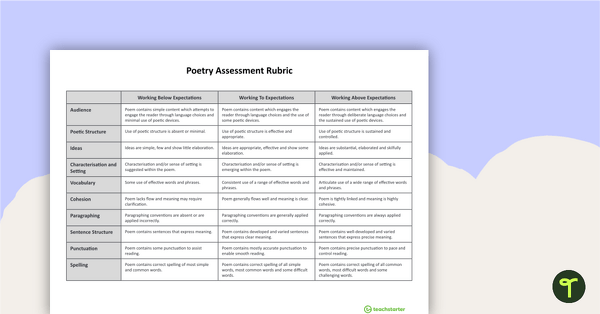
0 Comments
Write a review to help other teachers and parents like yourself. If you'd like to request a change to this resource, or report an error, select the corresponding tab above.